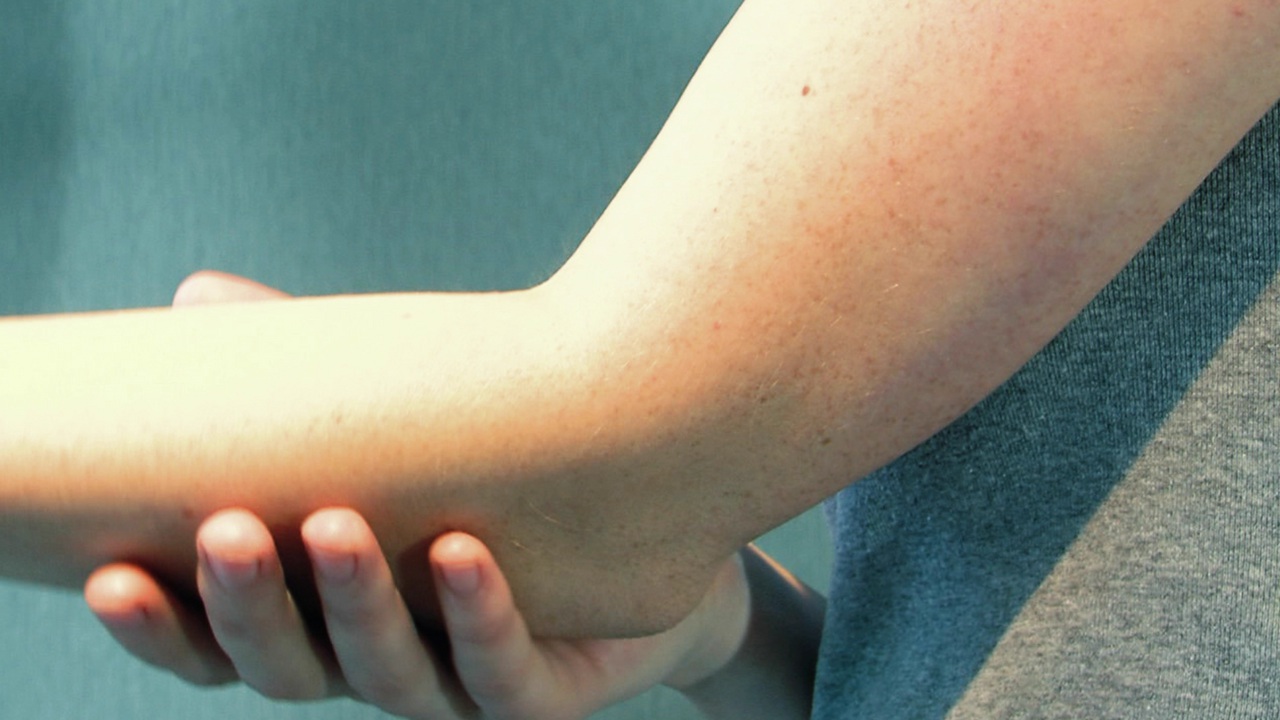
DiYES International School – Osteochondritis Dissecans (OCD) is a condition that affects the joints, especially in children and adolescents. It occurs when a piece of cartilage and underlying bone in a joint becomes damaged or detached. This can lead to pain, swelling, and difficulty moving the affected joint. OCD often affects weight-bearing joints like the knee, elbow, or ankle. Early detection and treatment can help manage the condition and prevent long-term joint damage.
Osteochondritis Dissecans is a condition where the bone and cartilage in a joint become damaged due to a lack of blood supply. This can cause the cartilage to break apart or detach from the bone. As a result, loose fragments can move within the joint, causing pain and swelling. If untreated, OCD can lead to joint instability, further damage, and arthritis.
“Read about: The Impact of Head Trauma on Children’s Health: What Parents Should Know”
The exact cause of OCD is not always clear. However, repetitive trauma or stress on a joint is often linked to the condition. For example, children involved in high-impact sports, such as football or basketball, may be at greater risk. Genetics and abnormal blood flow to the bones may also contribute to OCD. Other risk factors include joint misalignment and growth plate abnormalities.
The symptoms of OCD can vary depending on the severity of the condition. Pain is the most common symptom, especially during physical activity. The affected joint may swell, feel tender, or lock up. Children and adolescents may experience difficulty moving the joint, especially after exercise. In some cases, the joint may make a popping or clicking sound as the cartilage fragments move. If left untreated, these symptoms can worsen over time.
To diagnose OCD, doctors typically conduct a physical examination of the affected joint. They may also order imaging tests, such as X-rays or MRIs, to assess the extent of the damage. These tests help doctors determine whether cartilage or bone has detached and how much joint space is affected. In some cases, an arthroscopy (a small camera inserted into the joint) may be performed to get a closer look at the damage.
“Read more: What Parents Need to Know About Biliary Atresia in Children”
Treatment for OCD depends on the severity of the condition and the age of the child. In mild cases, rest, physical therapy, and nonsteroidal anti-inflammatory drugs (NSAIDs) may be sufficient to manage pain and inflammation. The goal is to allow the joint to heal and prevent further damage.
In more severe cases, surgical intervention may be necessary. This could involve removing loose cartilage fragments or repairing the damaged cartilage and bone. In some cases, a bone graft or cartilage transplant may be required to restore the joint’s function. Recovery after surgery may take several months, during which time the child may need to avoid high-impact activities.
Osteochondritis Dissecans can significantly impact a child’s daily life. Pain and limited joint mobility may affect their ability to participate in sports and physical activities. As OCD often affects active children, it can interfere with their social and athletic life, leading to frustration and anxiety. Additionally, the condition may result in long-term joint problems, including arthritis, if left untreated.
Although not all cases of OCD can be prevented, there are steps that can be taken to reduce the risk. Encouraging children to take regular breaks from high-impact activities can help prevent overuse injuries. Proper warm-up and stretching before physical activity can also reduce strain on the joints. If a child experiences pain or discomfort in a joint, it’s important to seek medical advice promptly to prevent further damage.
Osteochondritis Dissecans is a serious condition that can affect children and adolescents, especially those involved in high-impact sports. Early diagnosis and treatment are essential to prevent long-term joint damage. With the right care, many children can fully recover from OCD and return to their normal activities. Parents should be aware of the symptoms and seek medical attention if they suspect their child may have this condition.